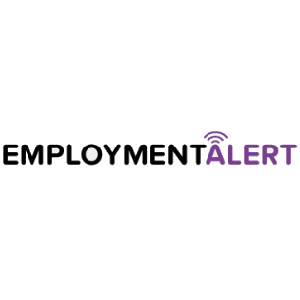 Absenteeism is a chronic problem. The annual economic cost of working-age ill health was reported at over £100 billion. Excessive absenteeism leads to reduced productivity, high cost replacement workers, excess staffing, escalating financial costs and poor customer service. Although such costs can cripple a business, managers are simply not properly trained to effectively manage absence. This article outlines a few tips which will come in handy when dealing with employees’ absence and if followed will reduce its negative impact.
Absenteeism is a chronic problem. The annual economic cost of working-age ill health was reported at over £100 billion. Excessive absenteeism leads to reduced productivity, high cost replacement workers, excess staffing, escalating financial costs and poor customer service. Although such costs can cripple a business, managers are simply not properly trained to effectively manage absence. This article outlines a few tips which will come in handy when dealing with employees’ absence and if followed will reduce its negative impact.
1) HR Policies and Procedures
Detailed absence policies and procedures are crucial. Ensure everyone has easy access to them and is fully aware of the procedures; consequently always follow up and act upon them in a consistent manner. Ensure line manager’s role is recognised, all absences are recorded accurately and the gathered data is analysed, moreover emerging trends are communicated and acted on. As a minimum, the policy should cover:
- The responsibilities and roles of everyone involved
- Procedures for reporting absence, first point of contact, certifications requirements
- Sick pay and statutory obligations
- Return to work interview
- The procedures that will be followed while managing short- term and long-term absence
2) Promote Wellbeing in the Workplace
Develop and deploy an employee well-being strategy. For the strategy to be effective you need to ensure that it is based on your company’s needs and characteristics. A well-being strategy needs to incorporate the physical and psychological factors that affect employee health and well-being as well as the wider cultural and societal contexts (CIPD, 2016). The alignment between the Health & Safety framework and this strategy is crucial for its success.
3) Employee Assistance Programmes (EAPs)
EAP’s are an integral part of well-being strategies. They provide occupational health services and health promoting activities pre-emptively, which enables employers to stop potential issues before they become causes for concern. Some examples of these health promoting activities include stress workshops, confidential counselling services, physical assessment, etc. Do your research and find out which EAPs will be most relevant to your employees.
4) Flexitime
Introducing Family Friendly Policies, flexible working hours and the option of working remotely will enable you to reduce absenteeism even further. In this day and age most of us can do our job from anywhere in the world. All we need is a computer, a cup of coffee and the motivation to do it.
5) Incentives
Some companies use rewards to minimise absenteeism. This is a tricky one, because in order for incentives to be effective you must ensure that employees view them as valuable. Before introducing such bonuses ensure that you are adhering to legislation.
As HR practitioners, we must ensure we have an effective absence management strategy in place that is the right fit for our organisations. Your strategy should cover your organisation’s and your employees’ needs and although its components may differ (from flexitime to EAPs), it should always have employees’ well-being at its centre. This combined with competent, (i.e. well-trained) line mangers who have the full support of senior management plus open communication leads to less absenteeism, the golden formula.
Author: Mary Bancheva
Mary is a HR manager with experience spanning across a wide range of HR functions and management. She graduated in HRM with first class honours and is currently the HR manager of VHMworld’s European Headquarters. She is also a human and animal rights activist and loves travelling.


